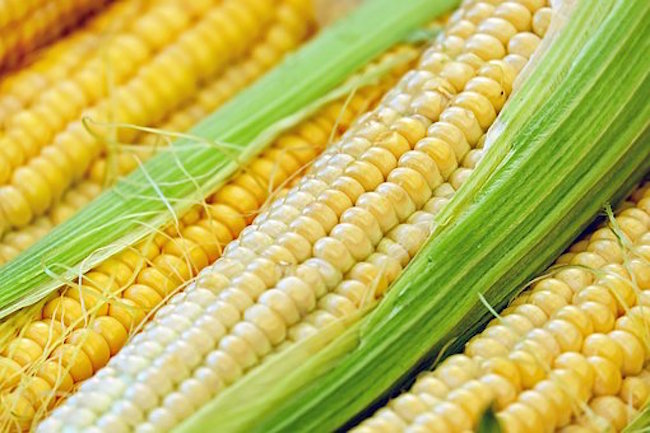Agricultural Commodities Supercycle Predicted: How Will You Prepare? by Joanna Miller for The Organic Prepper
Inflation is here and with it the possibility of an agricultural commodities supercycle. We’ve all seen inflation at the gas pump and the grocery stores, and heaven help you if you need to build something right now. Just recently ZeroHedge published an article about ag leaders predicting a mini supercycle in commodities.
Let’s unpack this a little bit.
What does an agricultural commodities supercycle mean for the average consumer?
The agricultural indices referred to in the article monitor a combination of wheat, corn, soybean, coffee, sugar, cocoa, and cotton prices. They have all been rising for a variety of reasons. One is the Chinese need to rebuild their swine herds after devastating disease outbreaks last year. Swine feed primarily consists of corn and soy. Increased interest in biofuels is also driving price increases.
Corn, soy, and cotton (along with plants like rapeseed and sunflower) are all used in biofuels and now have industrial applications, affecting their availability for use as food. We’ve already written about steps you can take to produce cooking oil at home.
But what can we do about corn, wheat, and soybeans?
Most of us think of agricultural commodities like corn and wheat as things that have to be produced by people with special equipment. Therefore out of the reach of your average suburban gardener. That is somewhat true. However, you can grow corn in your backyard and eat corn on the cob for a few weeks in the summer.
A kernel of truth about corn
If you grow a lot, you can cut off the kernels and then freeze them to supplement your diet in the winter. But to make any flour, whether, from corn, wheat, or other grains, you need a grain mill. These are expensive enough to deter many people; even the cheaper ones are still a few hundred dollars. If you only have a small plot to work with, it’s probably not worth the expense. Unless you have a dozen friends growing corn or wheat in their backyards, and you all plan to share it. (You would need to really trust those friends.)
Let’s walk it back another step. In what do we use corn? If you eat primarily prepared food from the store, almost everything. In Michael Pollan’s The Omnivore’s Dilemma, he goes into a tremendous amount of detail about the ubiquity of corn. If you eat TV dinners and fast food, you will see your food prices skyrocket.
It might be time to make some dietary changes.
But what about wheat?
Good old-fashioned wheat. I love wheat bread. Simple, homemade bread fresh out of the oven, covered with butter is one of life’s great pleasures. It’s a regular side dish to eggs in the morning or soup in the evening at my house. It would be hard to do without.
I don’t plan to do without, not wholly. But I could use less. Do you know what else makes a good side dish? Potatoes and most people can grow some potatoes or another kind of root crop.




